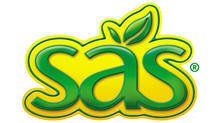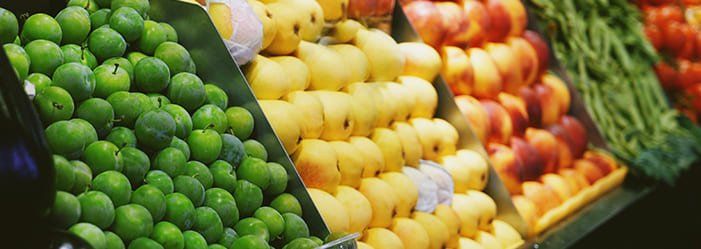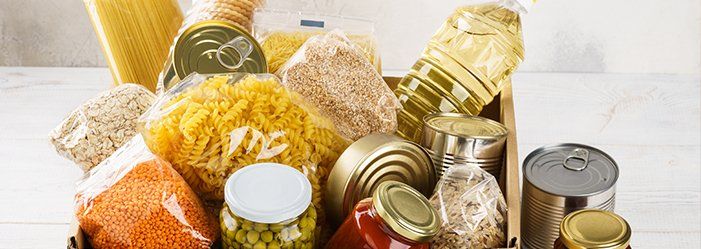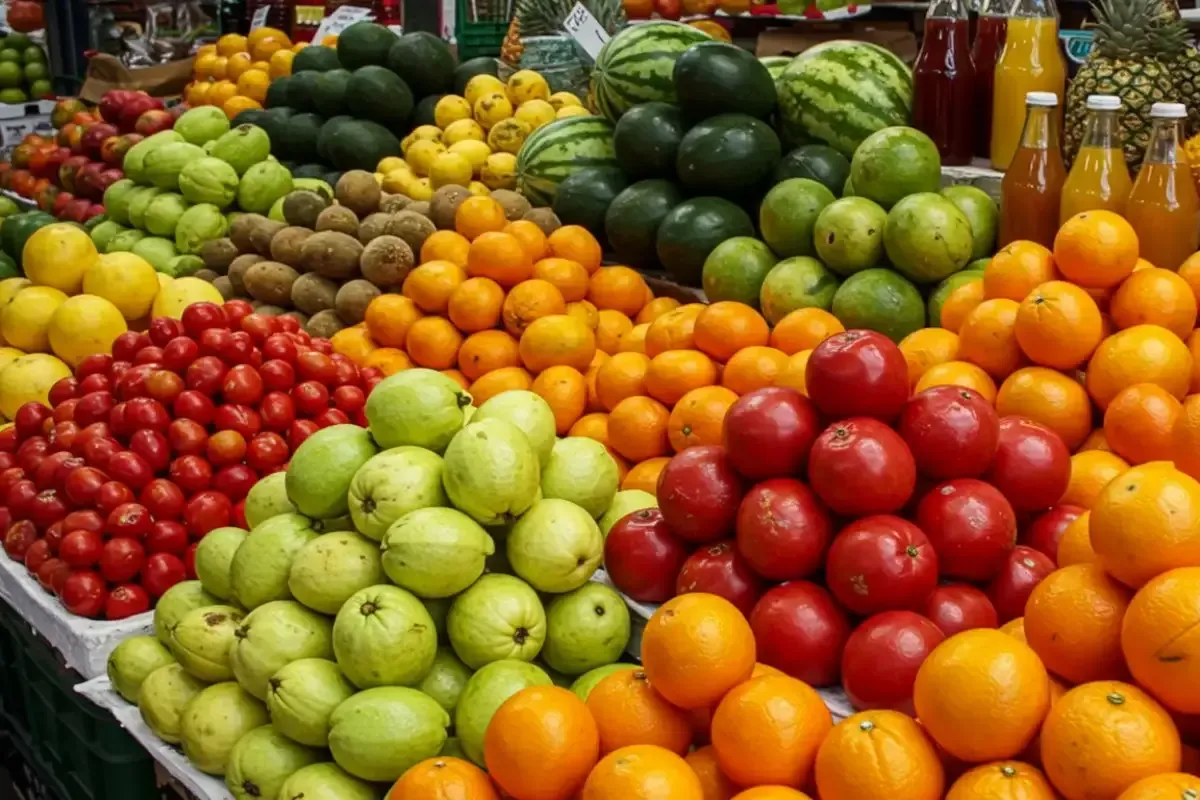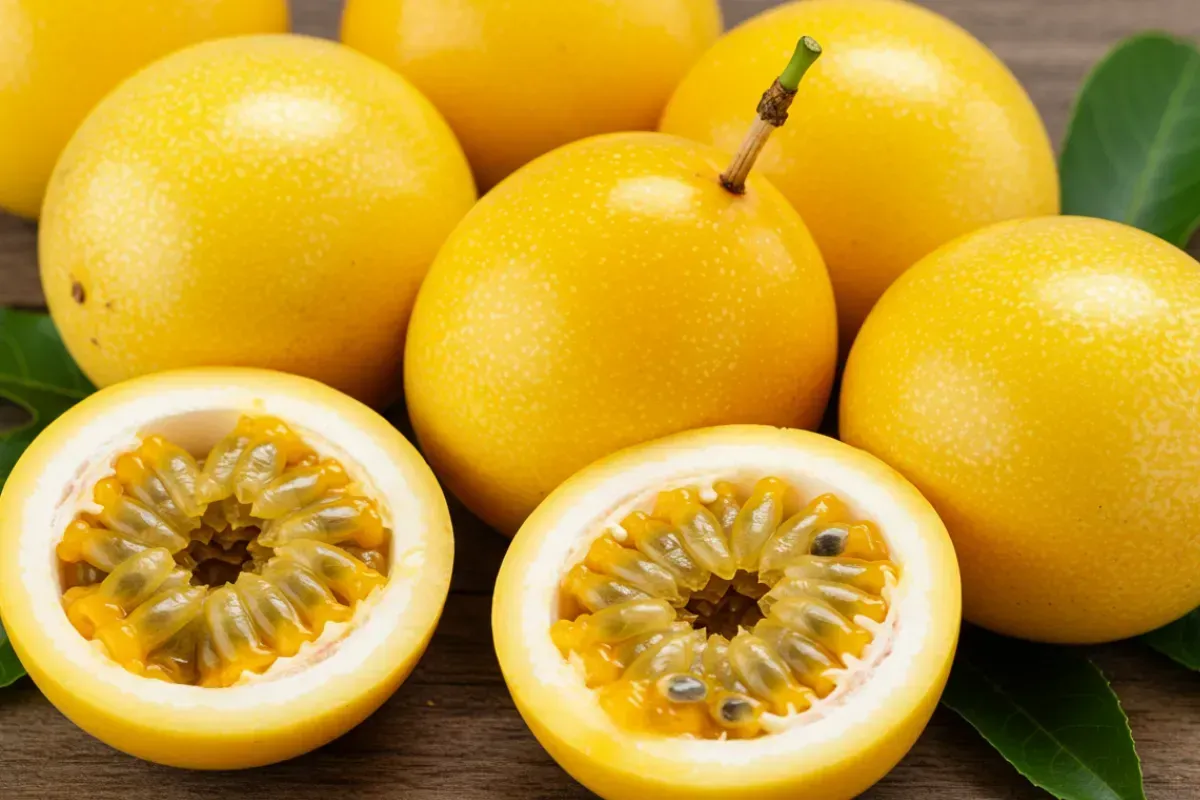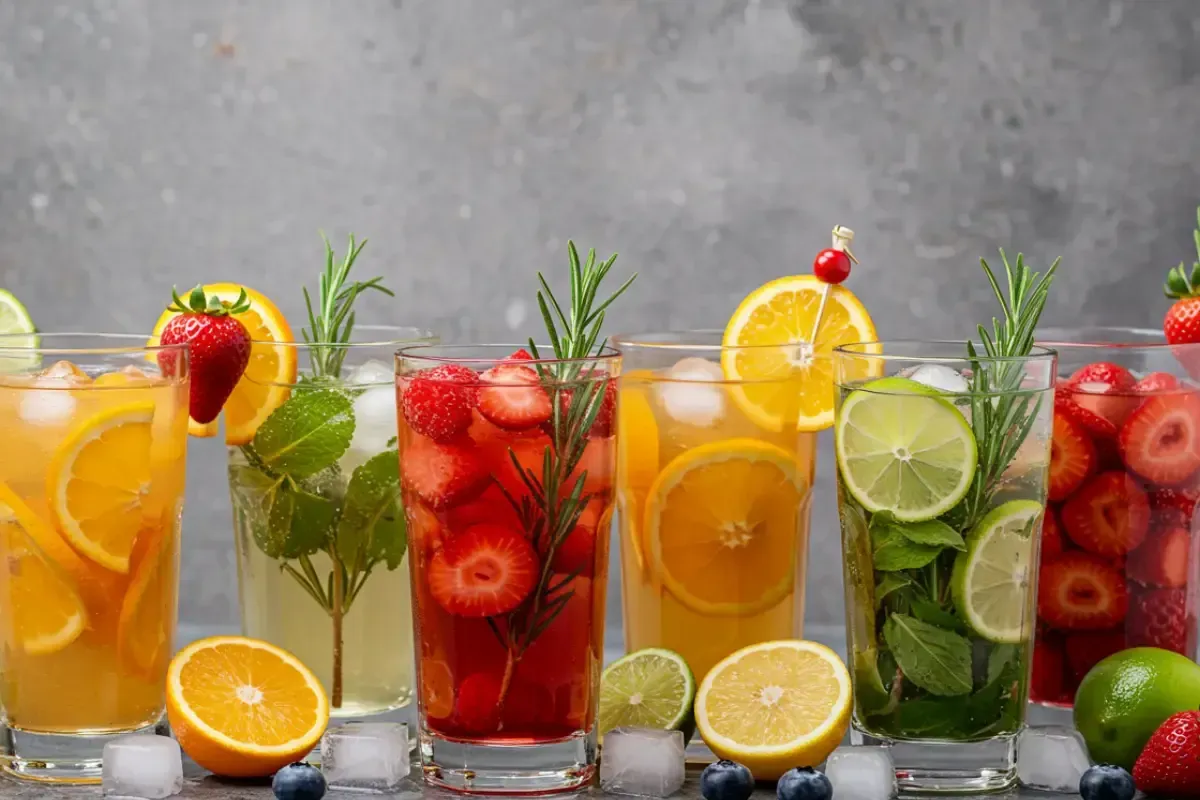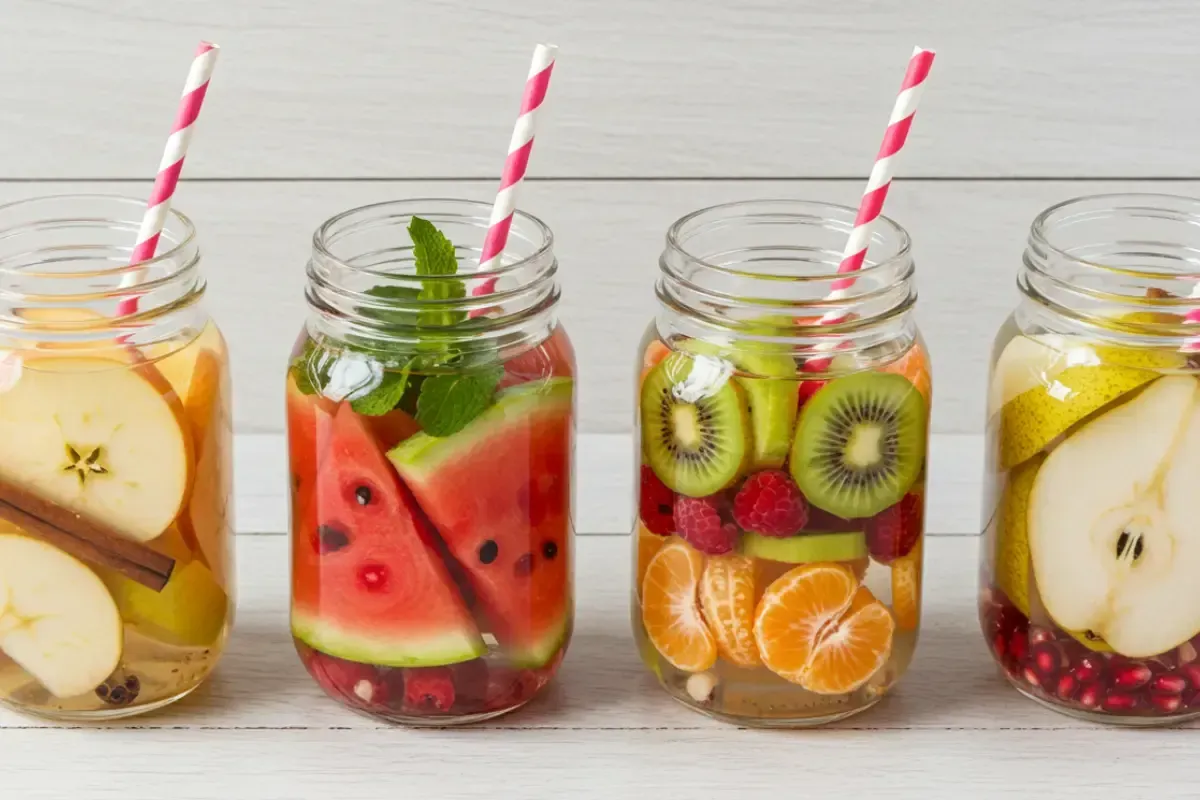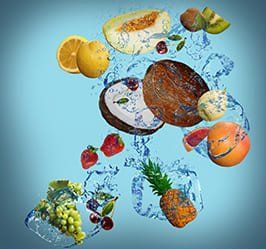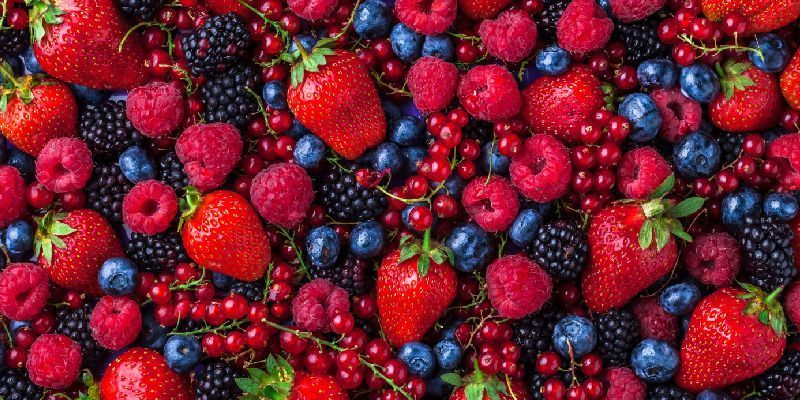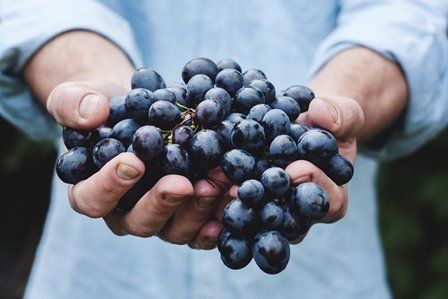Food supply chain and essencial knowledge for businesses to succeed
Alimentos SAS • Apr 06, 2021
Today, the food you eat may come from nearby areas or across the world, as the regular food supply chain has grown longer. Keep reading to discover the essential knowledge you need to succeed in the food industry.
Food supply chain 101
All processes that take produce from farm to consumers’ tables make up the food supply chain. They include the production, processing, distribution, sales, and consumption of food items (Harvard Web Publishing, n.d.).
Usually, food moves in a domino-like motion from producers to consumers. Money moves in the opposite direction to support the chain. As a result, when one link of the chain is disrupted, the whole system is affected. The impact often manifests in price changes (Harvard Web Publishing, n.d.).
Stages of the food supply chain
The so-called ‘farm to fork’ process tends to have five main stages:
Production
This is where farmers grow or develop food. Each country has specific regulations establishing quality standards for food to be fit for sale (Too Good To Go, n.d.).
Raw materials (like seeds, fertilizers, nutrition for animals, etc.), financial resources, and knowledge go into food production (Myran, 2018).
To set a simple example, a farmer involved in food supply grows and harvests oranges for sale.
Handling and storage
Once harvested, food gets washed and prepared for storage to keep it up to standard. For instance, bananas are harvested while green and kept in controlled environments along the various stages of the food supply chain for them to reach the consumer in the desired state (Too Good To Go, n.d.).
Returning to our example, oranges get cleaned and stored correctly before going on to processing facilities to be made into other products. Others may be packaged and transported straight to markets to be sold as they are to consumers (Too Good To Go, n.d.).
Processing
Some food is processed to make other food products or to make it safe for consumption. Think about how wheat goes into a milling facility to create flour or how milk is pasteurized to remove harmful bacteria (Too Good To Go, n.d.).
This stage includes procedures like milling, drying, and packaging (Myran, 2018). Our oranges may be turned into juice for retail. They may also be processed into purees to make fruit drinks or products like pastries or ice cream.
Distribution
The road from processing facilities to retail ones is usually the longest in the food supply chain. This is when food travels through countries and even continents (Too Good To Go, n.d.). Some of it goes to wholesalers, while some arrives directly at retailers like markets, supermarkets, or restaurants (Myran, 2018).
In our case, the orange purees were used to make jam. Now packaged and labeled, it is sold to a wholesaler, who delivers it to multiple supermarkets. There, consumers purchase it.
Consumption
This is the final stage in the chain, when people consume food products. The orange jam is then used to make desserts or as a spread, for example.
The food supply chain is transforming
From food manufacturers to distributors and retailers, businesses involved in the food supply chain need to stay at the forefront of industry trends and transformations to succeed.
Even before the notorious disruption of the COVID-19 outbreak, the chain was in transition. Deloitte (n.d.) identifies some key variables driving change:
- Evolving consumer preferences. They are becoming more health-and-sustainability-oriented and concerned with being able to trace the origin of food.
- Changing trade conditions, as well as stricter regulations and standards to ensure food safety.
- Rising supply volatility. The availability of supply has grown more unstable due to geopolitical and climate factors.
- Technological advances that improve efficiency, visibility, and sustainability along the chain.
Such changes pose challenges but also present growth opportunities for businesses. Let’s explore some critical ones further.
Crucial food supply chain challenges and solutions
All stages in the chain, from production down to food retail, are at a risk of experiencing issues that can jeopardize the entire system.
Traceability
This is the ability to track products throughout the supply chain. This relies on timely, authentic information about each step in the system. It enhances food safety, nurtures the company’s integrity, and boosts customer loyalty (Asaad, 2018).
When unattended, it can create blind spots in the chain, which exposes businesses to risks. United States Food & Drug Administration (FDA) has said that “when the lack of transparency in supply chains delays the identification of contamination sources and the root causes of product problems, the economic and public health costs can be considerable” (2019).
Often, traceability conflicts arise from using inefficient methods, such as paper tracking or in-person inspections. Research shows that technology can improve the timeliness and veracity of data collection and analysis during audits (Searcy and Castka, 2020).
Existing technologies like blockchain, chemical foot-printing, and drones can improve transparency in the food supply chain. For instance, the Marine Stewardship Council uses DNA testing to trace certified seafood. As a result, they have reduced mislabeling rates to less than 1% (Searcy and Castka, 2020).
Communication throughout the chain
The food supply system requires reliable, up-to-date information available to all participants in order to succeed. The more complex the chain, the more communication becomes vital. Data needs to be easily shared and synchronized among all parties to foster traceability, collaboration, coordination, operation optimization, product consistency and quality management (Siemens, n.d.).
Nowadays, companies have access to specialized cloud-based networks allowing 360° views of supply chains and communications tools such as live chats (Asaad, 2018).
Maintaining food quality and safety
Some leading factors affecting food products’ quality and overall safety include poor storage practices and transportation delays (Asaad, 2018).
Trusted, reputable partners in processing and distributing food are key when facing this challenge. However, technology has grown to become central in doing it successfully. Companies often use the Internet of Things (IoT) sensors to monitor conditions during transportation to ensure food quality. This is the case with the American fresh-food delivery service Fresh Direct (Rangaiah, 2020).
They also use data analysis to make timely decisions regarding the production and delivery of products. Blue Apron is a U.S. business delivering food kits to prepare at home. They check and analyze information regarding factors impacting transportation, such as weather predictions and road conditions (Rangaiah, 2020).
Managing inventory
Inventories require a balance between controlling costs and satisfying customers in the food supply chain. Efficient inventory management ideally enables real-time visibility (Asaad, 2018). It usually relies on IoT, Big Data, and even artificial intelligence to track product availability and demand. In this way, businesses have tools to predict rising market needs early on and choose their course of action accordingly (Deloitte, n.d.).
As can be seen, sensible business practices combined with technology are imperative for the
food supply chain industry’s resilience and success.st
